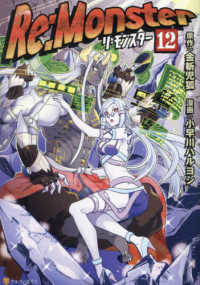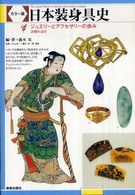- ホーム
- > 洋書
- > 英文書
- > History / World
Full Description
This book reconsiders how we can understand archaeology on a grand scale by abandoning the claims that material remains stand for the people and institutions that produced them, or that genetic change somehow caused cultural change. Our challenge is to understand the worlds that made great projects like the building of Stonehenge or Mycenae possible. The radiocarbon revolution made the old view that the architecture of Mycenae influenced the building of Stonehenge untenable. But the recent use of 'big data' and of genetic histories have led archaeology back to a worldview where 'big problems' are assumed to require 'big solutions'.
Making an animated plea for bottom-up rather than top-down solutions, the authors consider how life was made possible by living in the local and materially distinct worlds of the period. By considering how people once built connections between each other through their production and use of things, their movement between and occupancy of places, and their treatment of the dead, we learn about the kinds of identities that people constructed for themselves. Stonehenge did not require an architect from Mycenae for it to be built, but the builders of Stonehenge and Mycenae would have shared a mutual recognition of the kinds of humans that they were, and the kinds of practices these monuments were once host to.
Contents
List of Illustrations
Preface by Colin Renfrew
Introduction
Chapter One: Archaeological approaches to Stonehenge
Chapter Two: The emergence of an Aegean civilisation
Chapter Three: Living with Things - The Politics of Identity
Chapter Four: Things that mattered - Identity in the production, exchange and use of materials
Chapter Five: Places that mattered - Movement and belonging
Chapter Six: Bodies that Mattered - The role of the dead
Chapter Seven: Conclusion
References
Index








